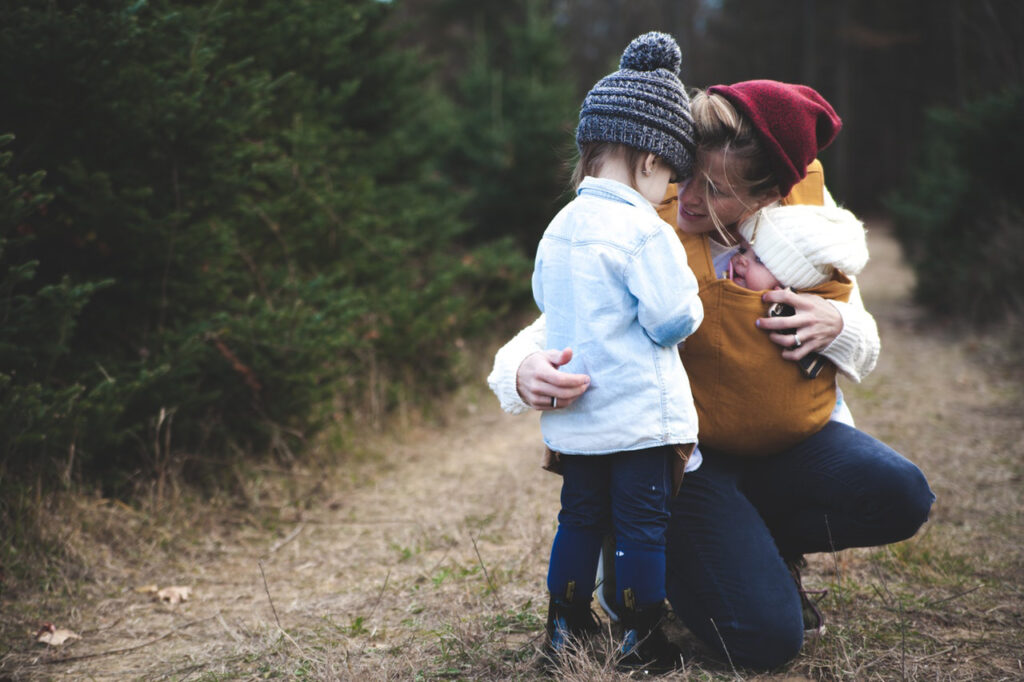By now, you may have come across several resources and suggestions for managing your child’s emotions and behaviors under these extraordinary circumstances. I wanted to summarize a few of the key ways to help your child feel safe and supported during a stressful time. I’ve included some resources that I hope will be helpful.
Explaining COVID-19 and social distancing: it’s best to keep it simple, age-appropriate, and positive. Positive? Yes, by emphasizing that you and your family are doing all you can to keep everyone healthy by staying home, not getting too close to non-family members, washing your hands, covering your cough, etc. You can stress that there are lots of “helpers” who are working hard to figure out how to keep everyone healthy and keep more people from getting sick. It will be helpful for your child to understand that lots of adults are tackling this problem.
Calming children’s fears: keep in mind that, developmentally, kids are egocentric. They may fear that they will get sick or that they’ll get someone else sick. It’s important to help them label their emotions (“I can see you’re scared about this”) and then to reassure them that you are doing everything to keep them and others healthy by following the rules that the health professionals are recommending. Your child may need more reassurance now than before, so give it to them freely.
Calming your own fears: this is certainly a scary time for adults, and children will pick up on your anxieties, taking their emotional cues from you. Try to limit how much your child is exposed to adult conversations and news reports about COVID-19. Self-care is very important now so that you’re in the best shape to care for those you love. Deep breathing, mindfulness practices, and limiting your own exposure to social media can help. I especially like mindfulness practices that you can do with your child; check out Yoga Pretzels and Breathe Like A Bear, available on Amazon: Breathe Like Bear Mindful Anywhere on Amazon: Yoga Pretzels Cards
Establish routines: there’s a reason all the experts are recommending this. Predictability and structure help your child feel safe and instill a sense of normalcy. You can create a written and illustrated daily schedule so that your child knows what to expect and when. Daily routines will help you, too! Keep your daily schedule fairly simple – it doesn’t need to be down to the minute.
Encourage talking about feelings: you can help your child (and yourself!) manage the emotional ups-and-downs by labeling feelings. Just validating how your child is feeling will go a long way in helping him/her to manage big emotions. “I can see you’re really frustrated that you can’t have a friend over. It is frustrating, but it won’t be this way forever.” Here’s a brief video from Dr. Nancy Osborn with KC Healthy Kids that explains more,
Expect some acting out behaviors: your child may act out a little more now than usual. Their behavior is how children let us know what’s going on in their world. It’s important to set the same limits on acting out behaviors that you normally would – it will actually help children to feel more secure. At the same time, try remembering to approach behaviors with empathy: what is this behavior telling me? Is my child scared or frustrated? Once you and your child are in a calm state, you can help your child label those emotions and problem-solve better ways to handle them. Here’s a great tool to try: Behavior Checker, developed by The Raised with Love and Limits Foundation.
Be safe and stay healthy.
Reposted with permission from the JFS Blog. Written by Kerry Scott, LCSW, JFS Child & Family Therapist
